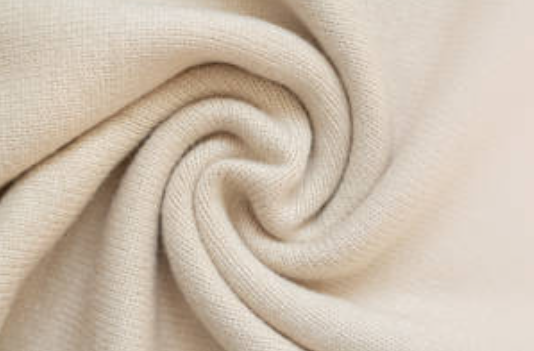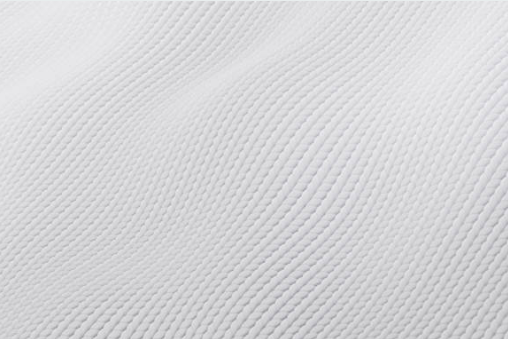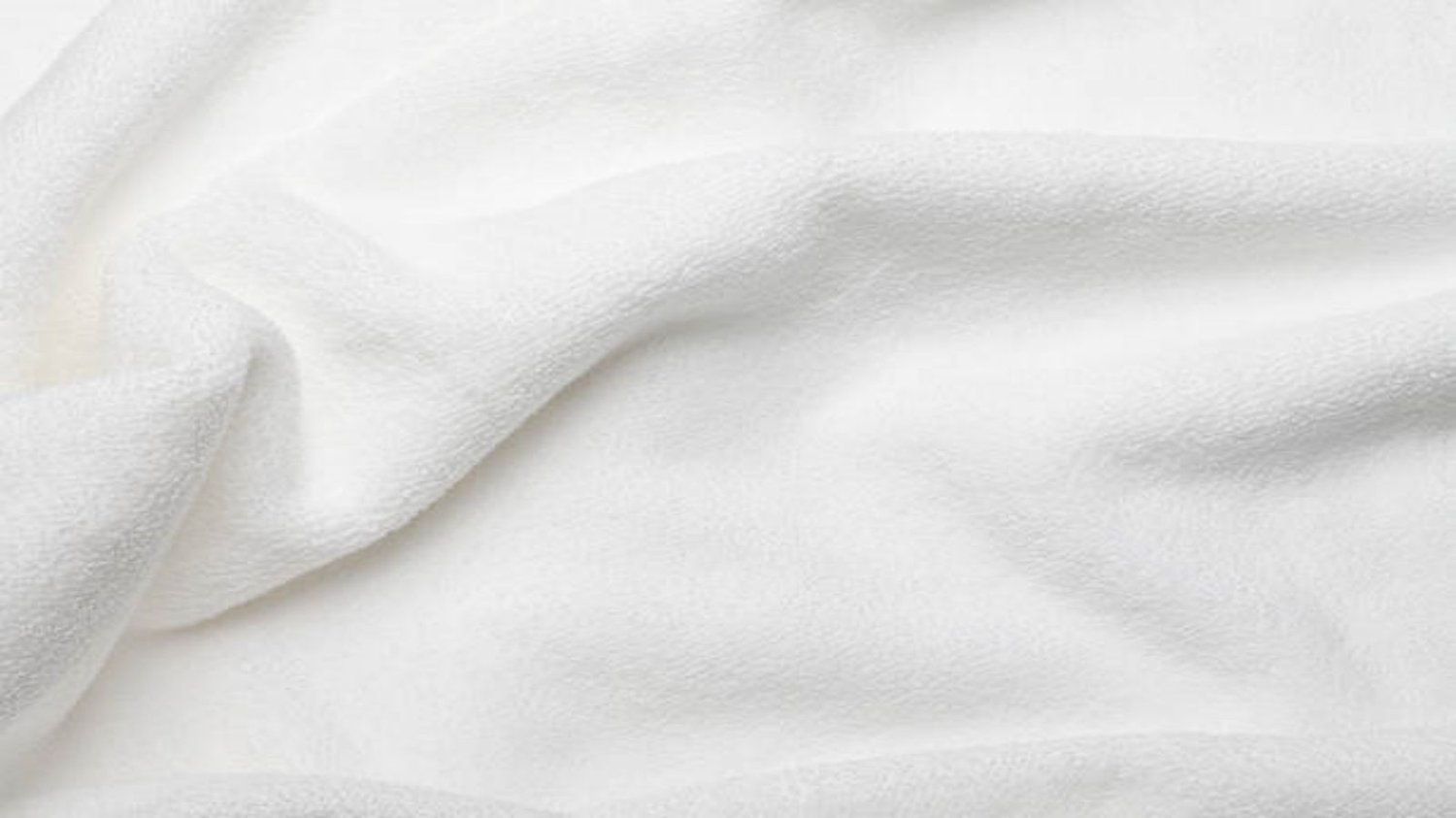The Composition of Soft Shell Fabric: Unraveling the Mystery
Shell fabric has gained popularity in recent years for its exceptional performance and comfort. Whether you're an outdoor enthusiast or simply seeking a versatile and durable material, understanding what soft shell fabric is made of is crucial. In this article, we will delve into the composition of soft shell fabric, exploring its various components and their benefits.
An Introduction to Soft Shell Fabric

what is shell fabric?
Soft shell fabric is a type of textile that combines the best features of a hard shell and a fleece fabric. It is known for its excellent breathability, water resistance, and stretchiness, making it ideal for a wide range of activities and environments. Unlike traditional hard shell fabrics, soft shell fabric offers a more comfortable and flexible fit, allowing for greater freedom of movement.
Is shell fabric waterproof?
The straightforward answer is: it depends on the type of shell fabric. Not all shell fabrics are created equal, and their waterproofing capabilities can vary significantly based on the materials used and the construction techniques employed. Understanding the distinctions between waterproof, water-resistant, and waterproof-breathable shell fabrics can help you make an educated choice that aligns with your outdoor needs and ensures you remain dry and comfortable in any weather.
Soft Shell Fabric Structure & Main Features
The Outer Layer: Protection from the Elements
The outer layer of soft shell fabric is typically made of woven synthetic fibers such as nylon or polyester. These fibers are tightly woven to create a durable and wind-resistant barrier. Additionally, the outer layer is treated with a durable water repellent (DWR) coating to enhance its water resistance. This coating causes water to bead up and roll off the fabric, keeping you dry in light rain or snow.
The Middle Layer: Insulation and Breathability
Soft shell fabric often features a middle layer that provides insulation and breathability. This layer is usually made of a combination of synthetic fibers, such as polyester or polypropylene, and natural fibers like merino wool. The synthetic fibers help trap and retain body heat, keeping you warm in cold conditions. Meanwhile, the natural fibers enhance breathability and moisture-wicking capabilities, allowing sweat to evaporate quickly.
The Inner Layer: Comfort and Moisture Management
The inner layer of soft shell fabric is designed for comfort and moisture management. It is typically made of a soft and smooth material, such as microfleece or brushed polyester. This layer helps regulate body temperature by wicking moisture away from the skin, preventing the buildup of sweat. It also offers a cozy feel against the skin, enhancing overall comfort during prolonged wear.
Bonded vs. Non-Bonded Soft Shell Fabrics
Soft shell fabrics can be categorized into bonded and non-bonded varieties. Bonded soft shell fabrics consist of multiple layers that are laminated or bonded together, creating a single unified fabric. This construction enhances durability and wind resistance, making bonded soft shell fabrics ideal for more demanding outdoor activities. Non-bonded soft shell fabrics, on the other hand, have distinct layers that are not bonded, offering greater breathability and flexibility.
Stretchability and Flexibility
One of the key advantages of soft shell fabric is its remarkable stretchability and flexibility. This is achieved through the use of elastane or spandex fibers in the fabric's composition. These fibers add a significant amount of stretch, allowing the fabric to move with your body without restriction. Whether you're climbing, hiking, or engaging in other physical activities, soft shell fabric provides the freedom of movement you need.
Wind Resistance and Breathability Balance
Soft shell fabric strikes a delicate balance between wind resistance and breathability. While the outer layer provides excellent wind resistance, the middle and inner layers offer enhanced breathability. This combination allows excess heat and moisture to escape, preventing overheating and maintaining a comfortable microclimate inside the garment. This makes soft shell fabric suitable for a variety of weather conditions, from cool and breezy to mild and humid.
Bonus: Soft Shell Fabric for Outdoor Activities
Soft shell fabric's composition makes it an excellent choice for various outdoor activities. Whether you're skiing, snowboarding, hiking, or climbing, soft shell fabric provides the necessary protection, insulation, and flexibility. Its water resistance keeps you dry during light precipitation, while its breathability prevents overheating during intense physical exertion. Additionally, the fabric's durability ensures it can withstand the rigors of outdoor adventures.
Choosing the Right Shell Fabric
Selecting the right shell fabric requires consideration of the specific conditions you expect to encounter and the activities you plan to engage in. Here are some questions to guide your decision-making process:
- What weather conditions will I face? If you anticipate heavy rain or snow, opt for a waterproof or waterproof-breathable shell.
- What level of activity will I be doing? For high-intensity activities, look for a waterproof-breathable fabric that ensures both protection and moisture management.
- What is my budget? Waterproof-breathable fabrics are often more expensive due to the advanced technology involved. Determine what level of protection you truly need and what you’re willing to spend.
Care and Maintenance of Soft Shell Fabric

To maintain the performance and longevity of soft shell fabric, proper care is essential. It is recommended to follow the garment's care instructions, which often include machine washing in cold water and avoiding fabric softeners. Drying should be done on a low heat setting or by air-drying, as excessive heat can damage the fabric's water repellency and stretch properties. Regularly reapplying a DWR coating can also help restore the fabric's water resistance.
FAQs About Shell Fabric
What Makes Shell Fabric Different From Other Materials?
Shell fabric is specifically engineered to offer protection against the elements while being lightweight and breathable. It's the preferred choice for outerwear in outdoor activities because it provides the wearer with a comfortable shield from wet and windy conditions without causing overheating.
How Do I Care for My Waterproof Garment?
To maintain the waterproof qualities of your garment, it's essential to follow the care instructions provided by the manufacturer. Generally, washing with a gentle detergent and avoiding fabric softeners, which can clog the fabric's pores, will help maintain its waterproof properties. Reapplying DWR treatments as needed will also prolong the life of the garment.
Can Shell Fabric Be 100% Waterproof and Breathable?
While advancements in material technology have significantly improved the waterproof and breathable qualities of shell fabrics, achieving a perfect balance is challenging. High-quality waterproof garments offer an excellent combination of water resistance and breathability suitable for most weather conditions.
Is Shell Fabric Suitable for All Seasons?
Yes, shell fabric can be versatile enough for all seasons, depending on how it's layered and the specific weather conditions. Lightweight shells are great for rain protection during warmer months, while insulated shells provide warmth and waterproofing during the colder season.
Understanding the waterproof qualities of shell fabric is essential for anyone engaging in outdoor activities or seeking protection against the weather. With the right shell garment, you can enjoy the great outdoors comfortably, no matter the forecast. Remember, the secret to enduring the elements starts with the right outer layer.
Conclusion

In conclusion, soft shell fabric is a versatile and high-performance material that combines breathability, water resistance, and stretchability. Its composition, including the outer, middle, and inner layers, provides protection, insulation, comfort, and moisture management. Whether you're engaging in outdoor activities or simply seeking a comfortable and durable fabric for everyday wear, soft shell fabric is a reliable choice.

